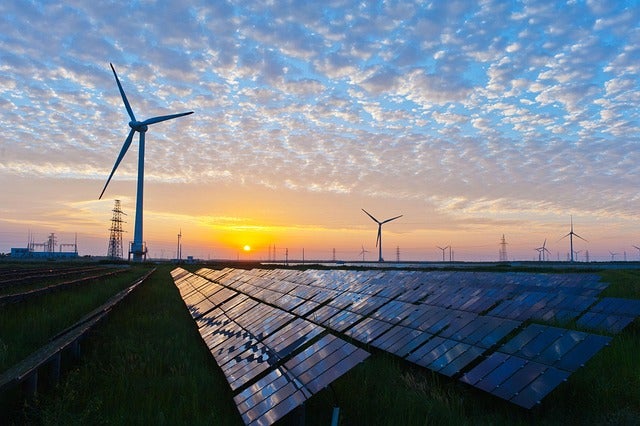Pickering Nuclear Generating Station (PNGS) is a 3,100MW nuclear power plant located on the shore of Lake Ontario, approximately 32km northeast of downtown Toronto, Canada.
The facility is owned and operated by Ontario Power Generation (OPG).
The nuclear facility features eight operating CANDU reactors (CANadian Deuterium Uranium) pressurised heavy water reactors, out of which Unit 2 and Unit 3 were put under safe storage.
The PNGS project supplies approximately 14% of Ontario’s electricity needs, with zero emissions.
OPG was issued a ten-year licence to operate the Pickering NGS in September 2018, which expires in August 2028.
The current operating licence expires in December 2024, followed by safe storage activities to the end of 2028.
The reactors, Units 1 and 4 are planned to cease operations at the end of 2024.
In June 2023, OPG applied to extend the commercial operation of Units 5–8 until December 31, 2026.
The refurbishment of Pickering NGS is planned to be completed by the mid-2030s.
According to the Conference Board of Canada, the refurbishment of PNGS is expected to increase Ontario’s GDP by C$19.4bn ($14.5bn) over the 11-year project period.
Pickering Station Location
The Pickering NGS in Ontario occupies a land area of 240 hectares (ha). The total frontage of the Pickering NGS site along the shoreline of Lake Ontario is approximately 2,260m.
Background Details
The nuclear generation facility commenced operations in 1971 with a single reactor. An additional seven reactors were installed in the facility by 1986.
In January 2016, the Province of Ontario approved the plans to pursue continued operation of the Pickering Stations until 2024.
In August 2020, the Ontario government announced support for a proposed further operating extension of reactors in the plant until the end of 2024 and 2025.
In 2023, The PNGS facility generated a total of 21.5 terawatt-hours (TWh) of carbon-free energy, enough to power more than two million homes in Ontario.
PNGS Project Details
The two generating stations are PNGS A (Unit 1-4) and PNGS B (Unit 5-8). Unit 2 and Unit 3 were shut down and defuelled.
The PNGS A calandria has 390 fuel channels while the PNGS B calandria has 380 fuel channels.
Each generating station includes four reactor buildings, a reactor auxiliary bay, main control rooms, Irradiated Fuel Bays, a powerhouse, an annex building, a screen house and standby generators and their oil tanks.
The reactor building comprises the reactor and twelve steam generators.
The reactor buildings are constructed using 1.2m thick heavily reinforced concrete to enclose the reactors and shield personnel from radiation during operation.
Each unit generator has one main output transformer to step up the voltage from the generator to the level required to deliver it to the bulk electrical power system via the switchyard.
Pickering Waste Management Facility
The Pickering Waste Management Facility (PWMF) is composed of two sites PWMF Phase I and II.
PWMF Phase I is located southeast of Unit 8 and includes Used Fuel Dry Storage (UFDS) for interim storage of used fuel in a Dry Storage Container (DSC), Retube Components Storage for interim storage of PNGS A irradiated reactor components in Dry Storage Modules (DSM).
PWMF Phase II is located approximately 500m northeast of the PWMF Phase I site and includes a security kiosk, DSC Storage Buildings (SB) 3 and 4 and the site for additional DSC SB.
Key Infrastructure
The project site lies within 3.5km from Highway 401, Highway 2 and the main Canadian National (CN) rail line.
A dock was constructed near PNGS A for the unloading of the major reactor components.
Refurbishment of Pickering Nuclear Generating Station
In January 2024, the Ontario government announced that it is supporting OPG`s plans to proceed with refurbishing Pickering NGS B units (units 5-8). The facility is expected to produce a total of 2,000MW of electricity post-refurbishment, equivalent to powering two million homes.
The project’s initiation of refurbishment is expected to last till the end of 2024.
The Ontario government is supporting OPG’s C$2bn ($1.4bn) budget which includes engineering, design work and securing long-lead components that can require years for manufacturing.



